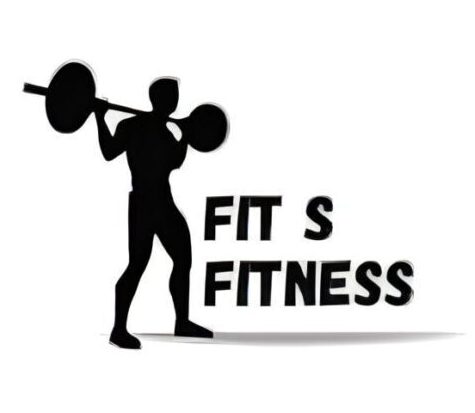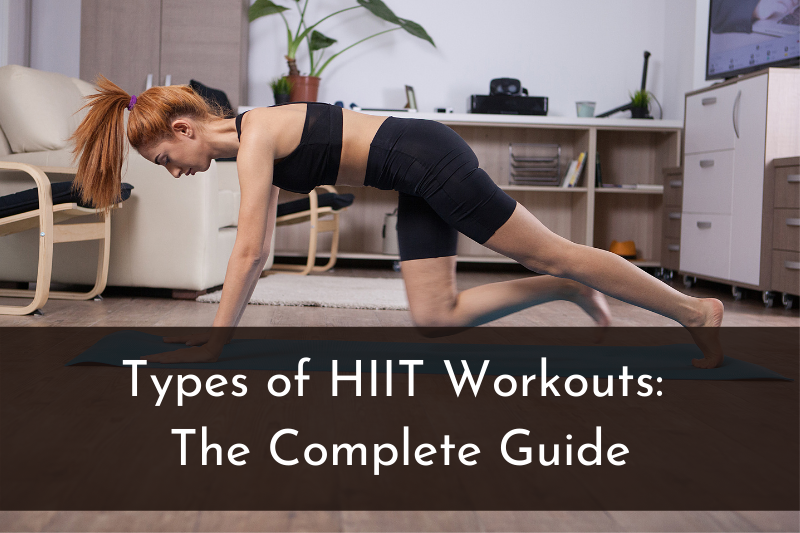Introduction:
High-Intensity Interval Training, commonly known as HIIT, has gained immense popularity in the fitness world over the past few years. While HIIT has been around for decades, it’s recently caught the attention of fitness enthusiasts, athletes, and researchers alike due to its numerous benefits and time-efficient nature. In this comprehensive guide, we will demystify HIIT, explore its benefits, discuss how it works, and provide practical tips on incorporating it into your fitness routine.

Understanding HIIT:
How it Works: HIIT revolves around the concept of pushing your body to its limits during high-intensity intervals, followed by active recovery or rest periods. The goal is to elevate your heart rate to near-maximum levels during the intense phases and then allow it to recover partially during the low-intensity phases. This cycle of exertion and recovery creates a powerful stimulus for the body, leading to a range of physiological adaptations.
Here’s how a typical HIIT session may look:
Warm-up: A brief 5-10 minute warm-up to prepare the body for the intense workout ahead.
High-Intensity Interval: 30-60 seconds of an all-out effort in exercises like sprinting, jumping jacks, burpees, or cycling.
Recovery Period: 30-60 seconds of low-intensity activity, like walking or slow jogging.
Repeat: The high-intensity recovery cycle is repeated for 15-30 minutes.
Cool-down: A 5-10 minute cool-down with stretching to bring the heart rate back to normal gradually.
Benefits of HIIT:
Time Efficiency: HIIT is perfect for those with busy schedules. Since it involves short bursts of intense exercise, you can achieve the same or even better results compared to traditional workouts in much less time.
Improved Cardiovascular Health: HIIT increases your heart rate and challenges your cardiovascular system. Over time, this can improve heart health, increase stroke volume, and enhance oxygen utilization.
Calorie Burn and Weight Loss: HIIT workouts can lead to a significant calorie burn during and after the exercise session due to the “afterburn effect” or excess post-exercise oxygen consumption (EPOC).
Preservation of Muscle Mass: Unlike some traditional forms of cardio, HIIT helps preserve lean muscle mass while promoting fat loss. This is crucial for maintaining a healthy metabolism.
Metabolic Health: HIIT can improve insulin sensitivity and glucose regulation, which is beneficial for individuals at risk of type 2 diabetes or metabolic syndrome.
Increased Endurance and Performance: Regular HIIT can enhance your aerobic and anaerobic capacity, leading to improved overall athletic performance.
Minimal Equipment Required: HIIT workouts can be designed using bodyweight exercises, making them accessible to everyone, regardless of access to gym equipment.
No Boredom, Endless Variety: With countless exercises and combinations available, HIIT workouts are far from monotonous, keeping participants engaged and motivated.
Adaptable to All Fitness Levels: HIIT workouts can be modified to suit individual fitness levels, making them suitable for beginners and advanced athletes alike.
Elevated Metabolism: HIIT stimulates the production of growth hormones, which can have a positive impact on metabolism and overall energy expenditure.
Safety Considerations:
While HIIT offers numerous benefits, it’s essential to consider safety when incorporating it into your routine:
Consult Your Doctor: If you’re new to exercise or have any underlying health conditions, consult your doctor before starting any HIIT program.
Proper Warm-up and Cool-down: Always warm up adequately before the high-intensity phase, and cool down properly after the session to prevent injuries.
Start Slowly: If you’re a beginner, begin with shorter intervals and gradually increase the intensity and duration over time.
Listen to Your Body: Pay attention to how your body responds to the workouts. It’s okay to push yourself but avoid overtraining or ignoring pain signals.
Stay Hydrated: Drink water before, during, and after the workout to stay hydrated.
Incorporating HIIT into Your Routine:
Here are some tips to help you integrate HIIT effectively into your fitness routine:
Frequency: Aim for 2-3 HIIT sessions per week, allowing adequate rest between sessions for recovery.
Varied Exercises: Mix up the exercises to keep it interesting and target different muscle groups.
HIIT and Strength Training: Combine HIIT with strength training for a well-rounded fitness regimen.
Progressive Overload: Gradually increase the intensity or duration of your intervals to continue challenging your body.
Recovery Days: Don’t forget to include rest or active recovery days in your weekly schedule.
Conclusion:
HIIT is a powerful and time-efficient training method that offers numerous benefits for fitness enthusiasts and beginners. By incorporating HIIT into your fitness routine and adhering to safety guidelines, you can unlock its potential to enhance cardiovascular health, boost metabolism, burn calories, and improve overall athletic performance. So, why wait? Get ready to take your workouts to the next level with the power of High-Intensity Interval Training. Always remember to listen to your body, stay consistent, and enjoy the journey to a fitter and healthier you!




